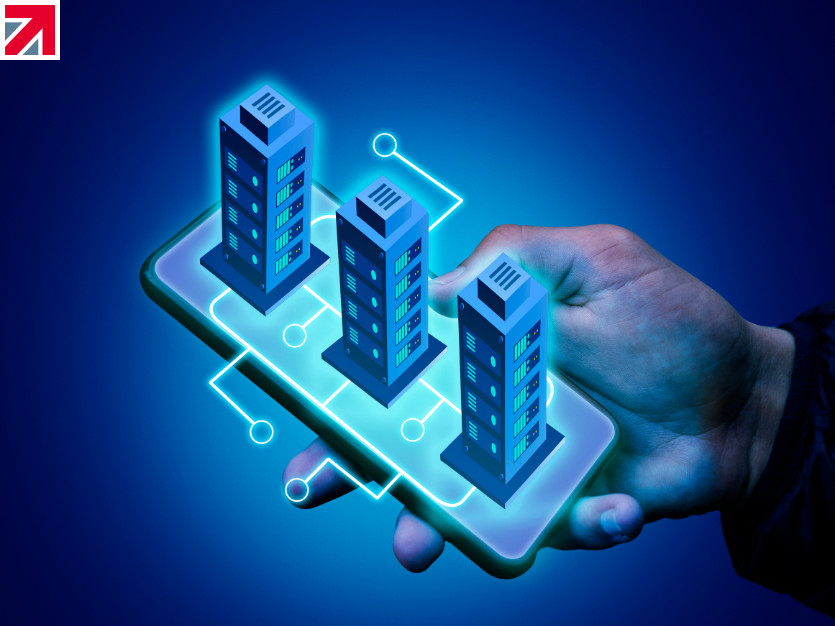The notion of Smart Buildings and Building Energy Management Systems (BEMS) has become increasingly important in a world focused on sustainability and energy efficiency. These advanced solutions go above and beyond providing increased control, automation, and optimisation better than traditional energy management.
This article examines Smart Buildings, their potential for better savings, and their transformative path.
What is a Smart Building: An Overview
Smart Buildings leverage advanced technologies to monitor, manage, and optimise various building functions. From lighting and heating to ventilation and security, these systems interconnect disparate components, enabling them to communicate and respond intelligently. By harnessing real-time data, smart buildings ensure efficient resource utilisation, comfort, and sustainability. Incorporating artificial intelligence and the Internet of Things(IoT) further elevates their capabilities, making them dynamic and adaptable entities.
The Essence of Building Energy Management Systems (BEMS)
Building Energy Management Systems (BEMS) are the brains behind smart buildings. These systems serve as the central nervous system of the enterprise, facilitating centralised management and oversight of energy-related operations. BEMS collects data from metres and sensors positioned systematically throughout the structure. Subsequently, data is analysed to help with demand response, system optimisation, and energy consumption decision-making. Building managers are empowered to implement focused energy-saving strategies through BEMS's ability to identify inefficiencies and patterns.
How Smart Buildings Drive Smarter Savings
Optimising Energy Consumption
Smart Buildings employ predictive analytics to anticipate energy needs based on historical and real-time data. This allows them to adjust energy consumption according to demand, minimising wastage during periods of low occupancy or usage.
Demand Response Management
During peak energy demand, a smart building curtails non-essential energy usage. This not only reduces strain on the grid but also enables cost savings by avoiding peak demand charges.
Efficient Space Utilisation
Building smart sensor networks provide insights into space occupancy and usage patterns. Building managers can allocate space effectively, resulting in lower energy consumption in areas underutilised.
Proactive Maintenance
Smart Buildings can detect equipment anomalies and inefficiencies, enabling timely maintenance. By addressing issues before they escalate, buildings can maintain optimal energy performance and prolong equipment lifespans.
The Technological Components of Smart Buildings
IoT-enabled Sensors
Smart Buildings are dotted with sensors that monitor occupancy, temperature, humidity, and lighting conditions. These sensors relay real-time data to the central BEMS, enabling swift decision-making.
Energy-efficient HVAC Systems
Heating, ventilation, and air conditioning (HVAC) systems in a smart building are equipped with advanced controls. They adjust temperatures based on occupancy and external climate conditions, minimising energy waste.
Automated Lighting
Smart lighting systems use motion sensors and natural light detection to regulate illumination. Lights automatically turn off when a room is unoccupied, ensuring energy is saved.
To conclude, Smart Buildings and Building Energy Management Systems are at the forefront of the sustainability revolution. The integration of these advanced technologies empowers efficient energy usage, reduced operational costs, and a positive impact on the environment. By embracing the concept of Smart Buildings, we not only pave the way for smarter savings but also cultivate a greener and more sustainable future.
Find out more about Tensor plc on their member profile page here
Member-created content 2 years ago | From members

